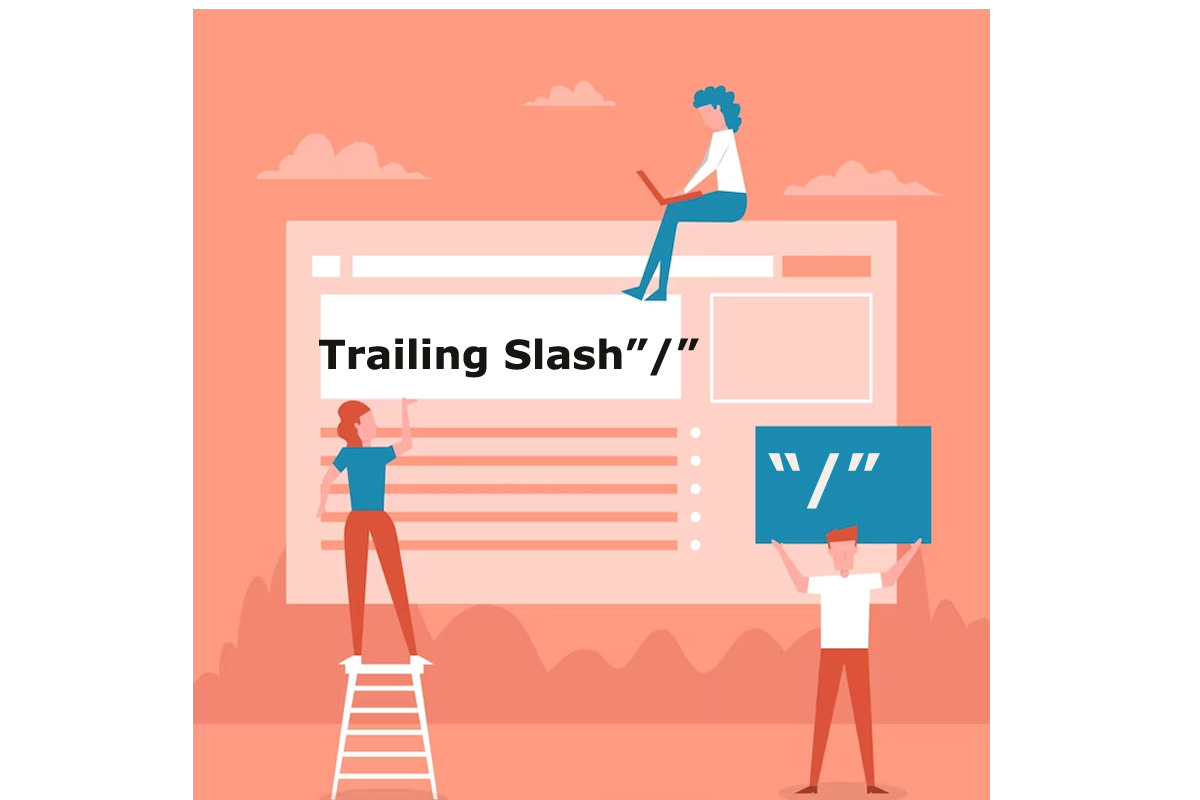Trailing Slash
A trailing slash is also called a forward slash used at the end of the URL or a file path in web addresses or file system paths. It is worth noting some web services will automatically add or remove consistency and also prevent duplicate content. Just so you know, the presence or absence of trailing slash can affect URLs and interprets the servers and systems.
Let us look at it in the context of file paths:
With the trailing slash: For example, https://www.abcd.com/page/ This indicates that you are accessing a particular directory or even the end point of a website server. It also shows that there might be sun pages within the directory.
Without the trailing slash: For example, https://www.abcd.com/page remove it after a “path/to/directories directory name signifies that content or file or page and not a directory.
Should you Use Trailing Slash?
Using a trailing slash in URLs or file paths depends on the context and specific use case. Well, there is no universal rule to it. But you can have a look at some considerations:
URLs
- SEO Impact: Search engines can treat with and without trailing slash as separate entities leading to duplicate content issues. Canonicalization can help avoid it.
- Consistency: it’s good to maintain consistency on your website. So it’s either you include it or not. It can have a negative effect if you are not consistent with it.
File Paths
- Platform Guidelines: Different operating systems like Windows or MacOS a trailing slash differently. MacOS or Linux often signifies a directory, but it might be ignored or cause confusion with Windows.
- Readability: Including a trailing slash in the file path can make it clear that you are referring to a directory, especially when the page and directory have the same name.
- Compatibility: If you’re writing code that interacts with file paths, be aware of the conventions and expectations of the platform you’re working on.
In any case, choose a consistent approach and follow best practices based on the platform you are working on.
How does Trailing Slash Affect SEO?
The use of trailing slash does have some effects on SEO in some situations. You should also note that trailing slash can influence how search engines perceive and rank the content. The result will be moderate, and search engines are designed to handle different types of URLs. Here are some effects of it on SEO:
Duplicate Content Issues: Search engine access URLs with slashes and without them, but this mainly leads to the same content issues by both content accessible with both versions of URLs. Well, we all know that duplicate content can dilute the rank of your page by confusing the search engine on which page is essential and need to be ranked.
Link Equity Distribution: Trailing slash can affect link equity. Especially when you are using backlinks on your website, if the backlinks are pointing at both versions of URLs, then the link equity can split between both URLs. This will affect the SEO impact.
Consistency and user experience: Well, it’s good to maintain consistency on your website from the user’s perspective. There will not be any confusion. So it’s either you include it or not. If you are consistent with it, it can have a positive effect.
Conclusion
In practice, search engines have become better at handling various URL structures, and the impact of trailing slashes on SEO is less significant than it once was. Using canonical tags and maintaining a consistent URL structure can help address any potential issues. Suppose you’re redesigning a website or considering changes to your URL structure. In that case, it’s a good idea to consult with SEO professionals and follow best practices to ensure the smooth transition doesn’t negatively affect your search engine rankings.

